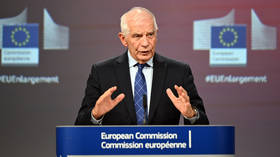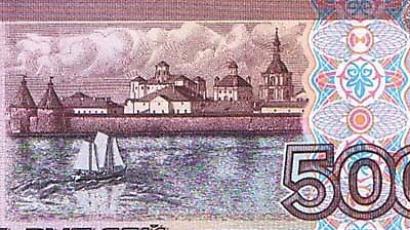Bond rebound to ease into 2011

The surge in Russian bond issuance which occurred in 2010 is likely to pause during the early part of 2011 as global concerns about financial markets continue to take a toll, and as equities return to favour.
2010 saw Russian corporates take to bonds as global yield fell in the wake of quantitative easing and low interest rates in major global economies, and a rebounding economy saw renewed interest in Russian commercial paper.Coming in the wake of a well flagged $5.5 billion sovereign issue in April which saw 5 and 10 year notes placed at 125 and 135 bp over Treasuries, the bond tide was almost solely state backed companies and blue chips, with corporates from Severstal to Alrosa tapping in. The move picked up steam later in 2010 with an estimated $10 billion in new issues after October.Again most were state backed companies includingSovcomflot, Alrosa,VEB and Gazprom. Amongst the companies looking to place big issues in the near future are VTB,which is considering a $5 billion program, and Alfa bank, with SUEK, Metalloinvest, Rosnano, Gazprom Neft and Megafon also believed to be thinking in terms of debt issuance. Otkritie Eurobond market analyst, Iskander Abdualaev, says that he expects the recent volatility in debt markets to see the pace ease early in 2011.“Russia has been the leader of bond market in terms of volume of issues; however the situation has changed bringing Brazil at the top. Nevertheless Russia kept its top positions on the secondary bond market. The volume of Russian corporate issues has almost reached the pre crisis level and in some scopes has exceeded it. We expect the volume to slash in the 1Q 2011 due to market conditions and investor sentiment.” Gazprom bank debt market analyst Alexey Demkin says banks have lead the way, particularly with rouble denominated bonds.“Banks account for 40-50% of rouble bonds investment. Banks are among the few institutions that have the opportunity to replace the bonds on loans in the balance sheet.According to our estimates credit yields are higher than bond yields assuming high risks over the 9 months of 2010.Despite the fact that loans issue in some cases becomes more profitable for banks, bonds still count for profits depending on conditions. Growth of credit rates do not allow banks to spread all financial resources.”Evgeniy VorobevDeputyHeadofdebtmarketanalysisat Otkritie says the backdrop to the coming year will depend on the global financial markets, plus domestic moves on the money supply.But he also notes the governments privatization programme could underpin bond issuance.“Among the biggest drivers of Russian bond issuance are Central Bank rates policy and levels. We are waiting for the latest results of government budget spending that has been already forecast and leads to Government bond issues. State privatization will introduce new companies and drive up, bond issues in 2011.”But Vorobev sounded a note of warning about the potential risk higher inflation may play with bond markets adding that credit markets and crowding by state backed issuers could also dampen the market.“We have already exceeded the year end inflation forecast and along with this negative factor Primary Federal bond issue may strongly affect the debt market. Another bond market competitor is a more affordable credit market”InvestCafe analyst Anton Safonov says that in 2010 companies were more interested in raising funds through bond issues than through bank loans, with Investor appetite for Russian corporate bonds pushing yields lower.“The Russian bond market has recovered after the crisis and continued to increase volumes. The aggregate nominal amount of corporate debt issues soared 14% from the beginning of the year to 2.9 trillion roubles. To compare, the total corporate credit portfolio of banks in the same period grew only 9% to 13.7 trillion roubles.”














